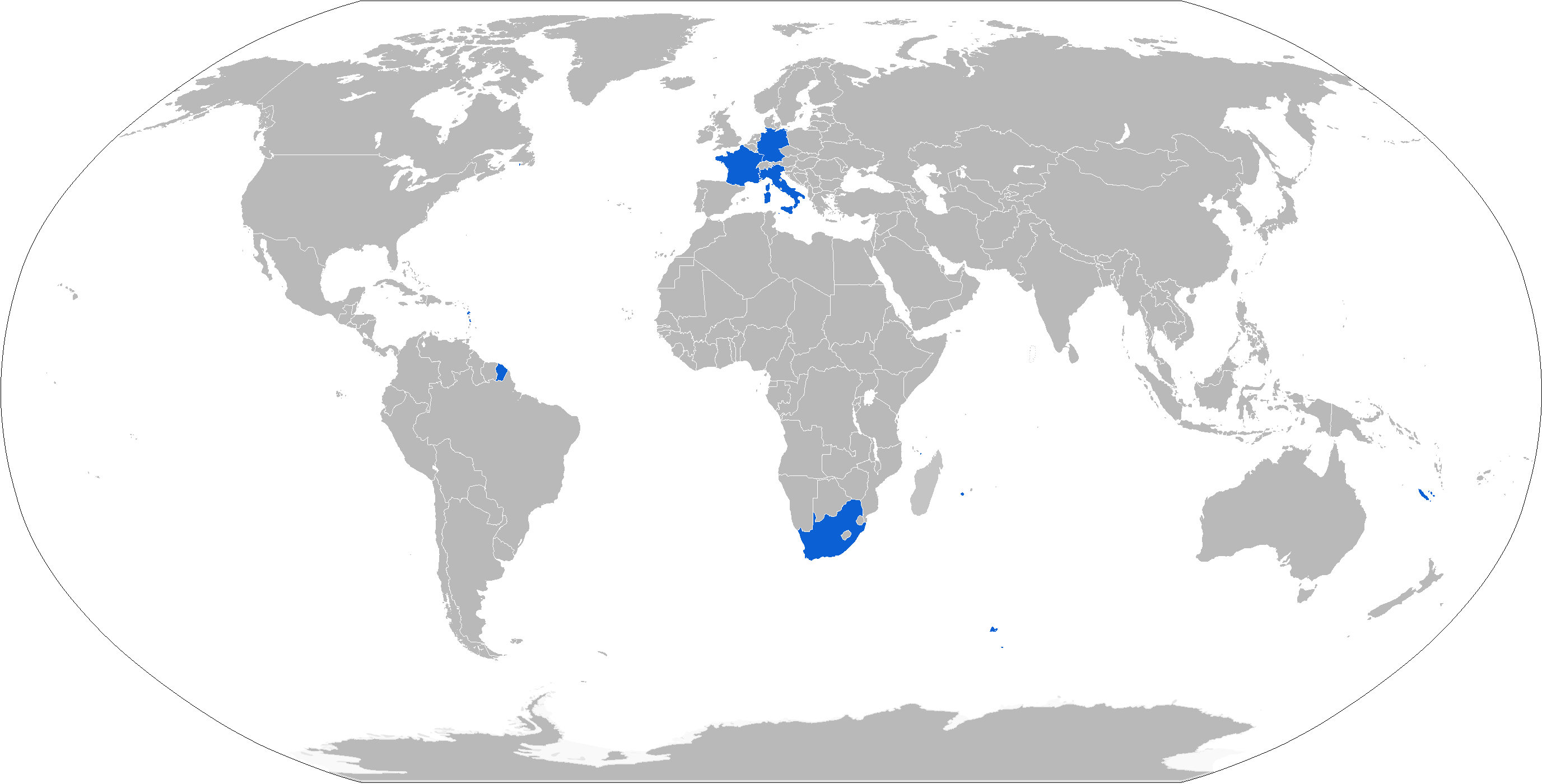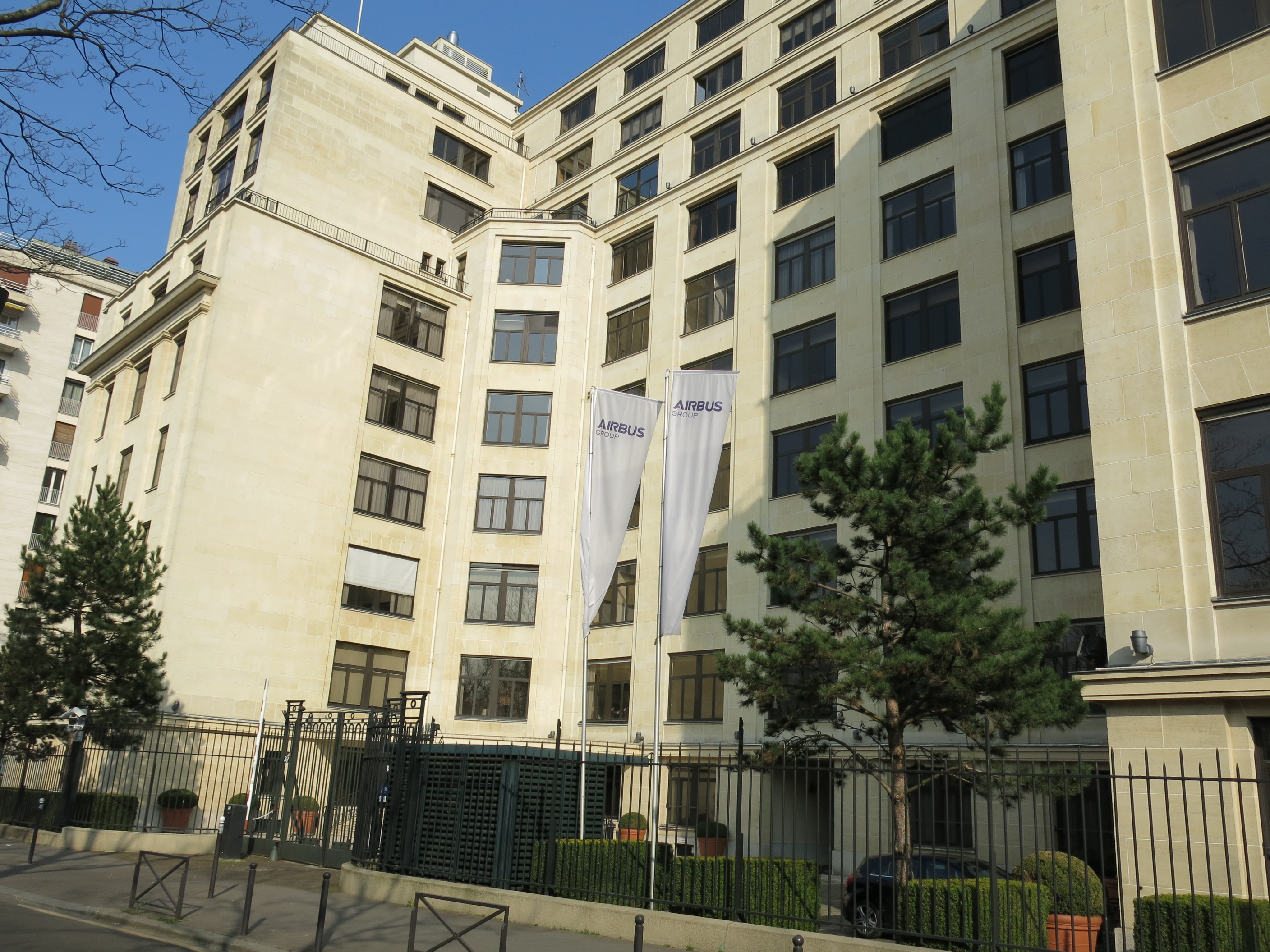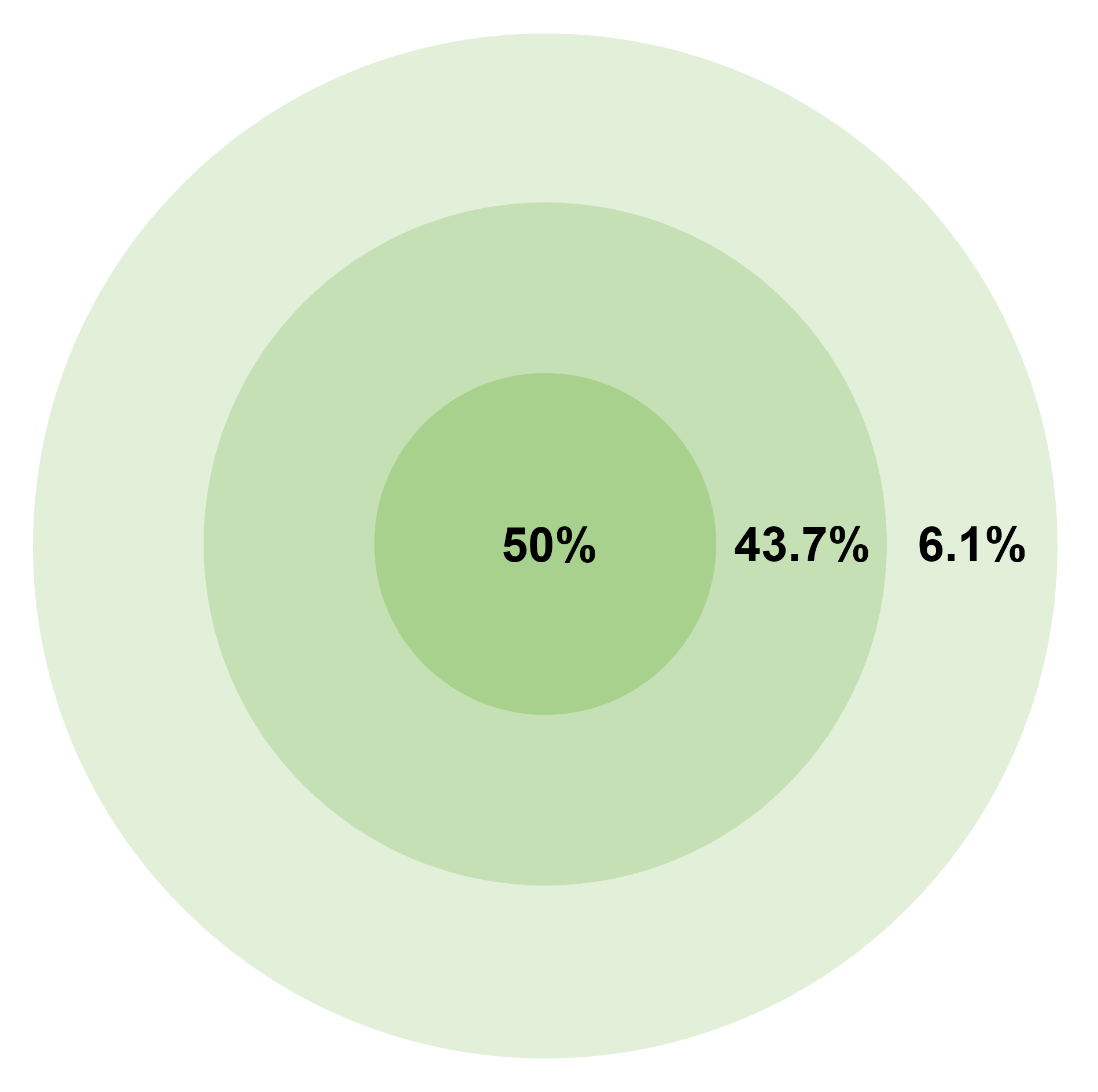|
AS-30
The AS-30 was an air-to-ground missile built by Nord Aviation. It was a precision attack weapon designed to be used against high-value targets such as bridges and bunkers. The AS-30 was essentially a larger version of the earlier AS-20 design, and initially used that weapon's guidance system, which required pilots to track the weapon visually and correct its path using a small joystick, while also flying their own aircraft. All such MCLOS systems proved very difficult to use in practice. The updated AS-30L replaced this system with a semi-active laser homing system, which allows the missile to fly to the target without operator intervention. About 60 AS-30Ls were launched during Operation Desert Storm and Operation Deliberate Force with great success. Design The first AS-30 was a development of the 1960s Nord AS-20, to allow both an increase in range and a much larger warhead, and is almost identical to the earlier AS-20 in design. The AS-30 has four large steeply swept back fins ... [...More Info...] [...Related Items...] OR: [Wikipedia] [Google] [Baidu] |
Air-to-ground Missile
An air-to-surface missile (ASM) or air-to-ground missile (AGM) is a missile designed to be launched from military aircraft at targets on land or sea. There are also unpowered guided glide bombs not considered missiles. The two most common propulsion systems for air-to-surface missiles are rocket motors, usually with shorter range, and slower, longer-range jet engines. Some Soviet-designed air-to-surface missiles are powered by ramjets, giving them both long range and high speed. Guidance for air-to-surface missiles is typically via laser guidance, infrared guidance, optical guidance or via satellite guidance signals. The type of guidance depends on the type of target. Ships, for example, may be detected via passive radar or active radar homing, less effective against multiple, small, fast-moving land targets. There is some cross-over between air-to-surface missiles and surface-to-surface missiles. For example, there was an air-launched version of the Tomahawk missile, super ... [...More Info...] [...Related Items...] OR: [Wikipedia] [Google] [Baidu] |
Nord Aviation
Nord-Aviation ( en, Northern Aviation) was a state-owned French aircraft manufacturer. The bulk of its facilities were based on the site of Bourges airport, in the département of Cher, in central France. On 1 October 1954, Nord Aviation was created as a result of the acquisition of SFECMAS (Société française d'étude et de construction de matériels aéronautiques spéciaux) by SNCAN (Société nationale de constructions aéronautiques du Nord). The company's name, ''Nord'', also became commonly used as a generic name referring to the Pingouin light aircraft. It manufactured numerous aircraft; perhaps Nord Aviation's most successful aircraft was the Nord Noratlas, a utility transport used by both military and civilian customers. Other aircraft included general aviation, trainers and experimental aircraft, as well as other transports. Nord Aviation also developed and produced its own range of missiles; perhaps the most famous of these was the Exocet, a sea-skimming anti-shi ... [...More Info...] [...Related Items...] OR: [Wikipedia] [Google] [Baidu] |
SEPECAT Jaguar
The SEPECAT Jaguar is an Anglo-French jet attack aircraft originally used by the British Royal Air Force and the French Air Force in the close air support and nuclear strike role. It is still in service with the Indian Air Force. Originally conceived in the 1960s as a jet trainer with a light ground attack capability, the requirement for the aircraft soon changed to include supersonic performance, reconnaissance and tactical nuclear strike roles. A carrier-based variant was also planned for French Navy service, but this was cancelled in favour of the cheaper, fully French-built Dassault-Breguet Super Étendard. The aircraft were manufactured by SEPECAT (Société Européenne de Production de l'avion Ecole de Combat et d'Appui Tactique), a joint venture between Breguet and the British Aircraft Corporation, one of the first major joint Anglo-French military aircraft programmes. The Jaguar was exported to India, Oman, Ecuador and Nigeria. The aircraft was used in numerous ... [...More Info...] [...Related Items...] OR: [Wikipedia] [Google] [Baidu] |
AS-20
The AS-20 (Type 5110) was a French air-to-surface missile developed during the late 1950s. It was similar to the U.S. AGM-12 Bullpup missile. Development The AS-20 was based on an earlier Nord Aviation air-to-air missile the AA.20 (designated Type 5103). Only minor changes were required to make it an air-to-surface missile, the size of the warhead was increased as a result of replacing the large proximity fuze with a simple impact fuze. Design The AS-20 had four steeply swept-back fins, cruciform in cross-section around the midsection of its body. It used a dual-thrust solid rocket motor, which exhausted through two large nozzles during the boost stage, and a single center line nozzle during the sustain stage. The AS-20 uses a simple MCLOS guidance with the pilot aligning the flares on the missile's rear with the target and controlling the missile in flight after launch with a small joystick sending steering commands to the missile via a radio link. The steering commands steer ... [...More Info...] [...Related Items...] OR: [Wikipedia] [Google] [Baidu] |
Mirage 2000D
The Dassault Mirage 2000N is a variant of the Mirage 2000 designed for nuclear strike. It formed the core of the French air-based strategic nuclear deterrent. The Mirage 2000D is its conventional attack counterpart. Development The Mirage 2000N was designed to French requirements for an aircraft to replace the older Mirage IVP. Dassault received a contract to build two prototypes. The aircraft first flew on 3 February 1986. Seventy four were built up to 1993. The Mirage 2000N is based on the Mirage 2000B two-seat trainer, but features considerable changes. The airframe was strengthened for low-level flight and fitted with an Antilope 5 radar, which is used for terrain following, navigation and ground mapping, and which can follow terrain at . Other avionic features are twin INS units and moving map displays for both the pilot and weapon systems officer. The Mirage 2000N can carry one ASMP medium-range nuclear missile, and can also carry two MATRA Magic AAMs for self-defe ... [...More Info...] [...Related Items...] OR: [Wikipedia] [Google] [Baidu] |
SS Wafra Oil Spill
The SS ''Wafra'' oil spill occurred on 27 February 1971, when SS ''Wafra'', an oil tanker, ran aground while under tow near Cape Agulhas, South Africa. Approximately 200,000 barrels of crude oil were leaked into the ocean. The larger part of the ship was refloated, towed out to sea, and then sunk by the South African Air Force to prevent further oil contamination of the coastline. Grounding and sinking ''Wafra'' left Ras Tanura in Saudi Arabia on 12 February 1971 bound for Cape Town, South Africa, with a cargo of (63,174 tonnes) of Arabian crude oil on board. Half the cargo was owned by Chevron Oil Sales Co., and the other half by Texaco Export, Inc. The ship was rounding the southern tip of Africa at 6:30 am on 27 February 1971 when the piping that brought seawater on board to cool her steam turbine failed. The engine room flooded, incapacitating the ship. She was taken under tow the following day by the Russian steam tanker ''Gdynia'', which – finding the task too dif ... [...More Info...] [...Related Items...] OR: [Wikipedia] [Google] [Baidu] |
Mirage 2000-5
The Dassault Mirage 2000 is a French multirole, single-engine, fourth-generation jet fighter manufactured by Dassault Aviation. It was designed in the late 1970s as a lightweight fighter to replace the Mirage III for the French Air Force (''Armée de l'air''). The Mirage 2000 evolved into a multirole aircraft with several variants developed, with sales to a number of nations. It was later developed into the Mirage 2000N and 2000D strike variants, the improved Mirage 2000-5, and several export variants. Over 600 aircraft were built and it has been in service with nine nations. Development Previous projects The origins of the Mirage 2000 could be traced back to 1965, when France and Britain agreed to develop the "Anglo-French Variable Geometry" ( AFVG) swing-wing aircraft. Two years later, France withdrew from the project on grounds of costs, after which Britain would collaborate with West Germany and Italy to ultimately produce the Panavia Tornado. Dassault instead focused on ... [...More Info...] [...Related Items...] OR: [Wikipedia] [Google] [Baidu] |
Mirage F1
The Dassault Mirage F1 is a French fighter and attack aircraft designed and manufactured by Dassault Aviation. It was developed as a successor to the popular Mirage III family. During the 1960s, Dassault commenced development of what would become the Mirage F1 as a private venture, alongside the larger Mirage F2. Work on the F1 eventually took precedence over the costlier F2, which was cancelled during the late 1960s. The French Air Force (''Armée de l'Air'') took interest in the fledgling fighter to meet its requirement for an all-weather interceptor aircraft. Accordingly, initial production units were equipped with the Thomson-CSF Cyrano IV monopulse radar. During the latter half of 1974, the Mirage F1 entered service in the French Air Force. Shortly thereafter, the type was deployed as the main interceptor of the French Air Force, a capacity which it continued to serve in until the arrival of the Mirage 2000. It later transitioned to an aerial reconnaissance role. In July ... [...More Info...] [...Related Items...] OR: [Wikipedia] [Google] [Baidu] |
Rafale
The Dassault Rafale (, literally meaning "gust of wind", and "burst of fire" in a more military sense) is a French twin-engine, canard delta wing, multirole fighter aircraft designed and built by Dassault Aviation. Equipped with a wide range of weapons, the Rafale is intended to perform air supremacy, interdiction, aerial reconnaissance, ground support, in-depth strike, anti-ship strike and nuclear deterrence missions. The Rafale is referred to as an "omnirole" aircraft by Dassault. In the late 1970s, the French Air Force and French Navy were seeking to replace and consolidate their existing fleets of aircraft. In order to reduce development costs and boost prospective sales, France entered into an arrangement with the UK, Germany, Italy and Spain to produce an agile multi-purpose "Future European Fighter Aircraft" (which would become the Eurofighter Typhoon). Subsequent disagreements over workshare and differing requirements led to France's pursuit of its own developmen ... [...More Info...] [...Related Items...] OR: [Wikipedia] [Google] [Baidu] |
Aérospatiale
Aérospatiale (), sometimes styled Aerospatiale, was a French state-owned aerospace manufacturer that built both civilian and military aircraft, rockets and satellites. It was originally known as Société nationale industrielle aérospatiale (SNIAS). Its head office was in the 16th arrondissement of Paris. The name was changed to Aérospatiale during 1970. During the 1990s, Aérospatiale underwent several significant restructures and mergers. Its helicopter division was, along with Germany's DaimlerBenz Aerospace AG (DASA), combined to form the Eurocopter Group. In 1999, the majority of Aérospatiale, except for its satellite activities, merged with French conglomerate Matra's defense wing, Matra Haute Technologie, to form Aérospatiale-Matra. That same year, the satellite manufacturing division merged with Alcatel to become Alcatel Space, now Thales Alenia Space. In 2001, Aérospatiale-Matra merged with Spanish aviation company Construcciones Aeronáuticas SA (CASA) and Ge ... [...More Info...] [...Related Items...] OR: [Wikipedia] [Google] [Baidu] |
South African Air Force
"Through hardships to the stars" , colours = , colours_label = , march = , mascot = , anniversaries = , equipment = , equipment_label = , battles = * World War I * World War II East African campaign (World War II), East African Campaign North African campaign, North African Campaign Battle of Madagascar, Madagascar Italian campaign (World War II), Italy Balkans campaign (World War II), Balkans * Korean War * South African Border War * Angolan Civil War, Angolan Bush War , decorations = , battle_honours = , battle_honours_label = , flying_hours = , website = , commander1 = President of South Africa, President Cyril Ramaphosa , commander1_label = Commander-in-chief#South Africa, Comman ... [...More Info...] [...Related Items...] OR: [Wikipedia] [Google] [Baidu] |
Circular Error Probable
In the military science of ballistics, circular error probable (CEP) (also circular error probability or circle of equal probability) is a measure of a weapon system's precision. It is defined as the radius of a circle, centered on the mean, whose perimeter is expected to include the landing points of 50% of the rounds; said otherwise, it is the median error radius. That is, if a given munitions design has a CEP of 100 m, when 100 munitions are targeted at the same point, 50 will fall within a circle with a radius of 100 m around their average impact point. (The distance between the target point and the average impact point is referred to as bias.) There are associated concepts, such as the DRMS (distance root mean square), which is the square root of the average squared distance error, and R95, which is the radius of the circle where 95% of the values would fall in. The concept of CEP also plays a role when measuring the accuracy of a position obtained by a navigati ... [...More Info...] [...Related Items...] OR: [Wikipedia] [Google] [Baidu] |







